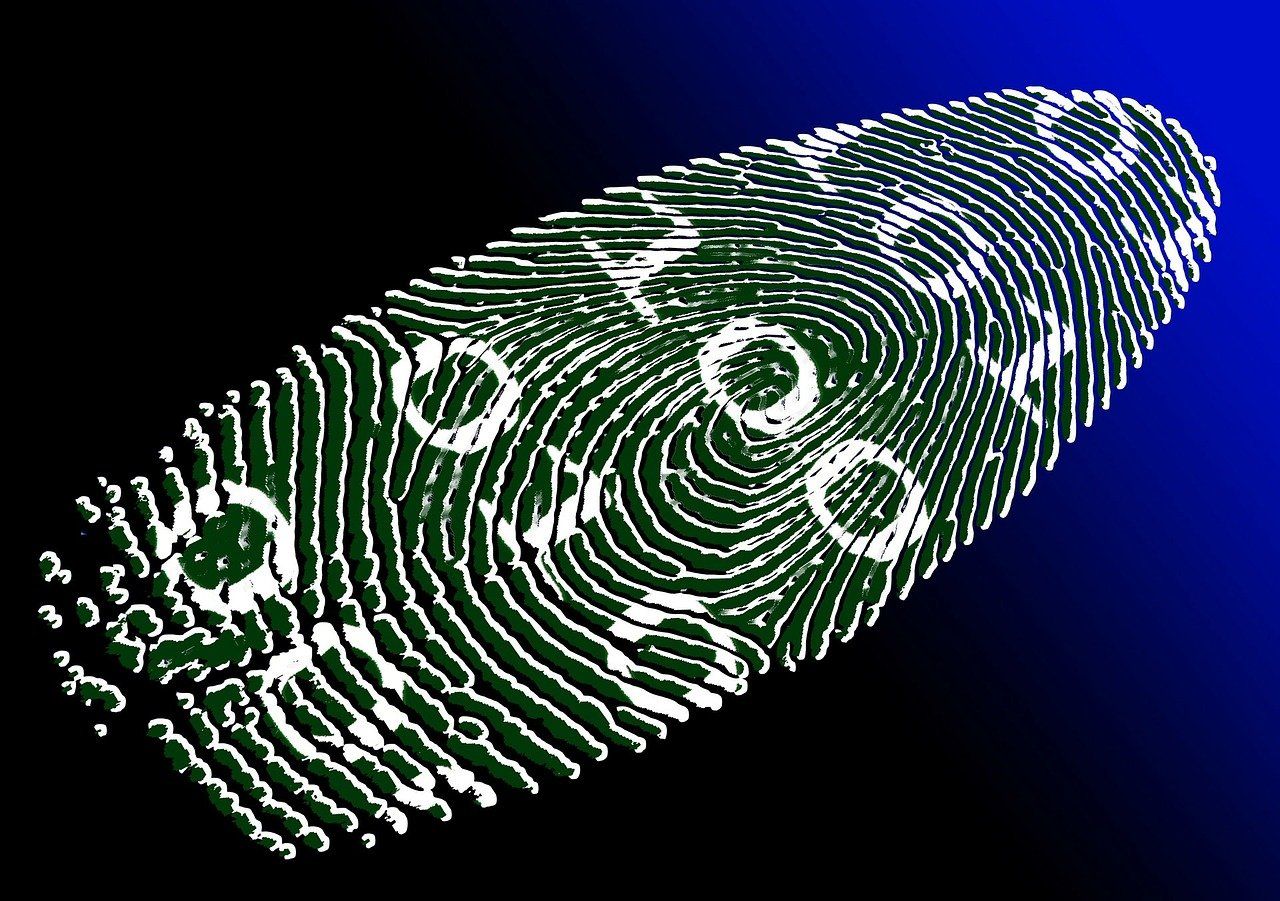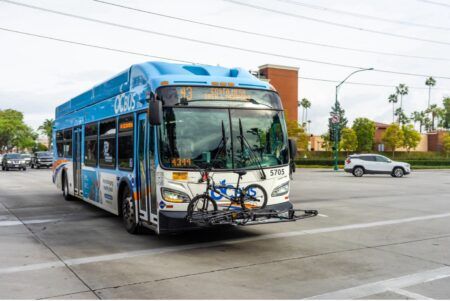 Miroslav Katsarov, CEO of Modeshift, a technology company with the mission to enable small and middle-size transit agencies to provide intelligent transportation services, considers whether the convenience of tap-and-go and mobile payments could be the start of a bigger revolution in personal identification.
Miroslav Katsarov, CEO of Modeshift, a technology company with the mission to enable small and middle-size transit agencies to provide intelligent transportation services, considers whether the convenience of tap-and-go and mobile payments could be the start of a bigger revolution in personal identification.
The transportation industry was tested this past year. During the pandemic many transit agencies experienced a significant decrease in ridership, and faced challenges with social distancing and physical ticket collections. In response, many forward-thinking agencies implemented contactless mobile ticketing to increase the safety of riders and staff alike. As these contactless systems become more prevalent and popular in the US, and consumers become more accustomed to digital identification, the concept of digital citizenship becomes far more tangible.

What is Digital Citizenship?
Simply defined, digital citizenship is a digital identity that replaces traditional identification practices. In Europe and Africa, digital citizenship has been implemented across multiple counties to aid in business transactions and government processes. In 2014, Estonia was one of the first countries in the European Union to introduce the concept of e-residency. Personal information is securely stored on a digital platform, allowing Estonians to pay for parking, vote, fill prescriptions and much more. In the business environment, e-residency allows business transactions to become borderless and seamless, reducing time spent on paper transactions and bureaucratic processes.
More recently, because of the rapid pace of the ever growing economy, Africa now is on track to become the international hub of e-services. This adoption allows citizens access to government services online, improving the cost and turnaround time on transactions.
Adoption of these systems is not only taking place in Europe and Africa, by 2023 it’s predicted that 80% of US government services will require authentication through digital identification providers. While it may not seem like we’re anywhere near this point, public transit is already making strides toward digital identification.
Since the start of the pandemic, account-based fare collection systems have become far more popular on public transit as they allow for contactless interactions between riders and staff. These systems require transit riders to create a digital profile to buy and redeem fares, and can also be used as forms of digital identification.
For cities and municipalities looking to create their own digital residency program, public transit offers a great starting point. With a solid base of local users who are willing to create digital profiles to buy and redeem fares, the next step in creating a digital citizenship program would be to expand the public services offered within the platform. These could include a library card, information on taxes and community centres, or even where polling and vaccination centers are located.

Benefits of Digital Citizenship Adoption
Equitable access to public services. Digital citizenship will make public service more equitable and accessible for every US citizen. As the system is centralized on a mobile platform, anyone can access public services at any time, from any location. When tied to public transit, the data gathered can show how residents are moving throughout a city, and be used to identify new public transit routes and needs. It can also help identify where people are accessing public services. For instance, finding that a community on the edge of town is often using a library on the other side of town, or a health center that only has one bus route leading to it, can empower city planners and public transit agencies to make changes that best suit the population.
Positive environmental impact. As more commuters create digital identities and feel encouraged to use public transportation, the environmental impacts of less traffic on the road will be felt in cities across the US. A single person that switches a 20 mile commute to greener public transportation options will on average, reduce their CO2 emissions by 9kg a day, equaling close to 23,000kg per year. Digital citizenship can be seen as a step towards less congestion and a greener future.
Digital transformation of US infrastructure. The US may have fallen behind some parts of the world when it comes to infrastructure, but the adoption of digital citizenship will help establish the US as a leader in digital innovation and transformation. Contactless fare collection systems and other digital updates to public transportation can be the first step towards modernization. As the economy grows and shifts, so must forms of infrastructure so our society can remain productive in a technology driven world.

Transportation and Digital Citizenship
Local governments and transit authorities will benefit the most from the implementation of digital citizenship programs and should start by launching account-based fare collection systems. This technology is relatively simple to adopt across multiple forms of public transportation, and can bring in a large number of users quickly.
The benefits are just the beginning of the positive applications of this system. By reshaping the digital tools of transportation, the US can transform modern infrastructure and compete with the rest of the world on a digital stage, creating a modern way for U.S. citizens to interact with the urban environment around them.





